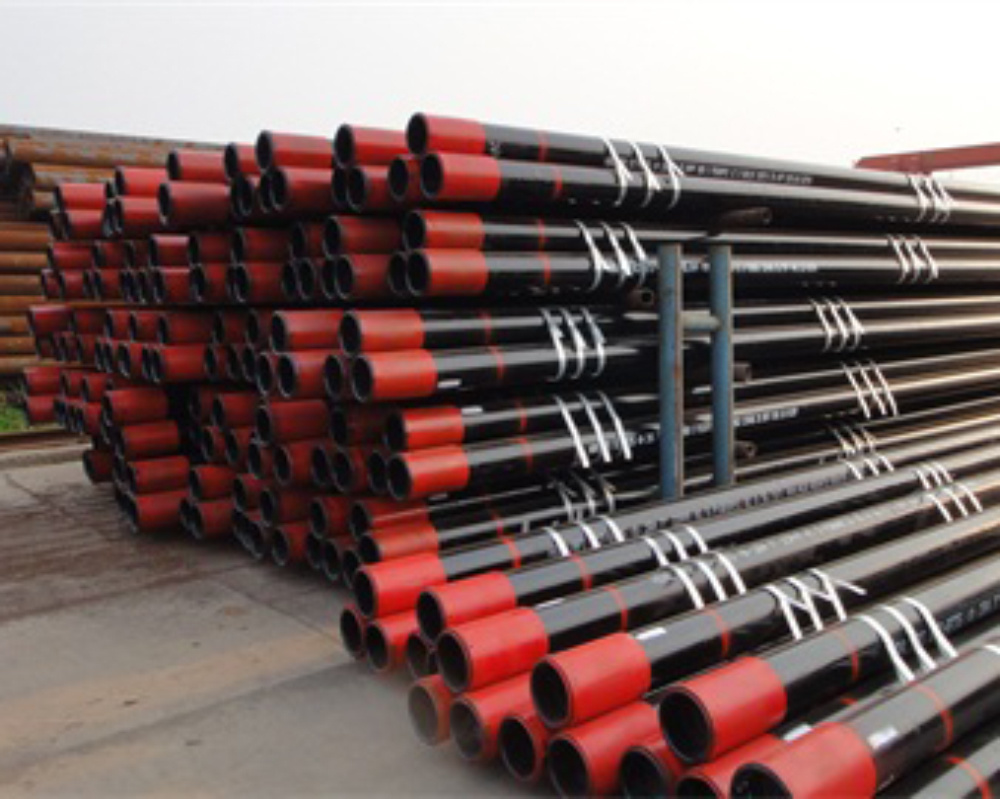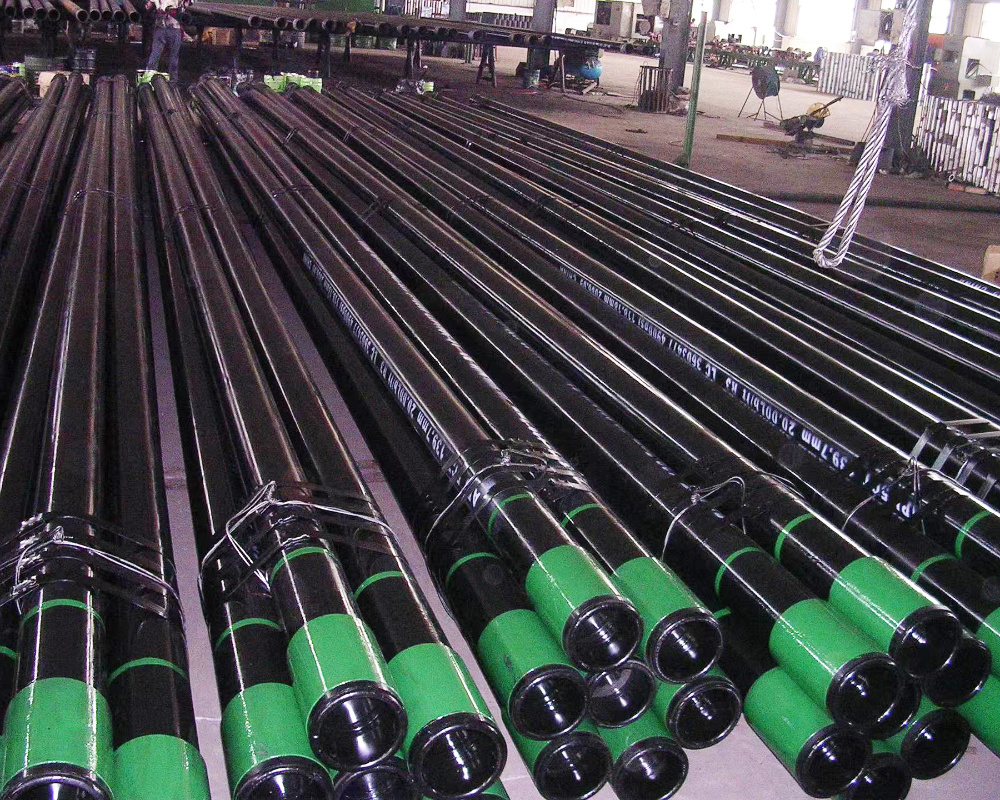Understanding Seamless Stainless Steel Tubing: A Comprehensive Guide for Construction and Design
Seamless stainless steel tubing is a crucial component in the construction and decorative materials sector, prized for its strength, durability, and aesthetic appeal. Unlike welded pipes, seamless tubing is manufactured without joints or welds, making it inherently more robust and resistant to pressure and corrosion. This quality is particularly valuable in environments where pipes may be subject
Seamless stainless steel tubing is a crucial component in the construction and decorative materials sector, prized for its strength, durability, and aesthetic appeal. Unlike welded pipes, seamless tubing is manufactured without joints or welds, making it inherently more robust and resistant to pressure and corrosion. This quality is particularly valuable in environments where pipes may be subject to extreme conditions, such as chemical exposure or high temperatures.
One of the most significant advantages of seamless stainless steel tubing is its structural integrity. The manufacturing process involves extruding the stainless steel into a tube shape, which ensures a consistent wall thickness and eliminates the weak points typically associated with welded seams. This feature makes seamless tubing an ideal choice for high-stress applications, including structural components in buildings, handrails, and architectural features.
Seamless stainless steel tubing is also highly versatile, with a range of sizes and finishes available to meet various design needs. It can be used in both residential and commercial projects, from plumbing and HVAC systems to decorative fixtures. The smooth surface of seamless tubing allows for easy cleaning and maintenance, making it a popular choice in healthcare facilities and food processing plants where hygiene is paramount.
Another essential aspect of seamless stainless steel tubing is its resistance to corrosion. Stainless steel, an alloy primarily composed of iron, chromium, and nickel, is designed to withstand the harshest environments, including exposure to moisture and chemical substances. This corrosion resistance not only extends the lifespan of the tubing but also reduces the need for frequent replacements, leading to cost savings over time.
In terms of sustainability, seamless stainless steel tubing is an environmentally friendly option. It is recyclable, contributing to a circular economy and reducing the environmental impact of construction projects. Moreover, the longevity of stainless steel products means that they do not need to be replaced as often as other materials, further decreasing waste.
In conclusion, seamless stainless steel tubing plays a vital role in the construction and decorative materials industry. Its unique properties—such as superior strength, corrosion resistance, and aesthetic versatility—make it an excellent choice for a wide range of applications. Whether for structural support or decorative accents, opting for seamless stainless steel tubing can enhance the quality and durability of any building project, making it a preferred material among architects and builders alike.
One of the most significant advantages of seamless stainless steel tubing is its structural integrity. The manufacturing process involves extruding the stainless steel into a tube shape, which ensures a consistent wall thickness and eliminates the weak points typically associated with welded seams. This feature makes seamless tubing an ideal choice for high-stress applications, including structural components in buildings, handrails, and architectural features.
Seamless stainless steel tubing is also highly versatile, with a range of sizes and finishes available to meet various design needs. It can be used in both residential and commercial projects, from plumbing and HVAC systems to decorative fixtures. The smooth surface of seamless tubing allows for easy cleaning and maintenance, making it a popular choice in healthcare facilities and food processing plants where hygiene is paramount.
Another essential aspect of seamless stainless steel tubing is its resistance to corrosion. Stainless steel, an alloy primarily composed of iron, chromium, and nickel, is designed to withstand the harshest environments, including exposure to moisture and chemical substances. This corrosion resistance not only extends the lifespan of the tubing but also reduces the need for frequent replacements, leading to cost savings over time.
In terms of sustainability, seamless stainless steel tubing is an environmentally friendly option. It is recyclable, contributing to a circular economy and reducing the environmental impact of construction projects. Moreover, the longevity of stainless steel products means that they do not need to be replaced as often as other materials, further decreasing waste.
In conclusion, seamless stainless steel tubing plays a vital role in the construction and decorative materials industry. Its unique properties—such as superior strength, corrosion resistance, and aesthetic versatility—make it an excellent choice for a wide range of applications. Whether for structural support or decorative accents, opting for seamless stainless steel tubing can enhance the quality and durability of any building project, making it a preferred material among architects and builders alike.
TAG:
Related Posts
Understanding Carbon Steel Seamless Pipes: Essential Insights for Construction Professionals
Carbon steel seamless pipes are an integral component in the construction and decorative materials industry, particularly in the realm of building pipes. These pipes are manufactured without seams, which makes them highly durable and reliable for various applications. Understanding their properties, advantages, and applications can greatly enhance decision-making for professionals in the field.
On









